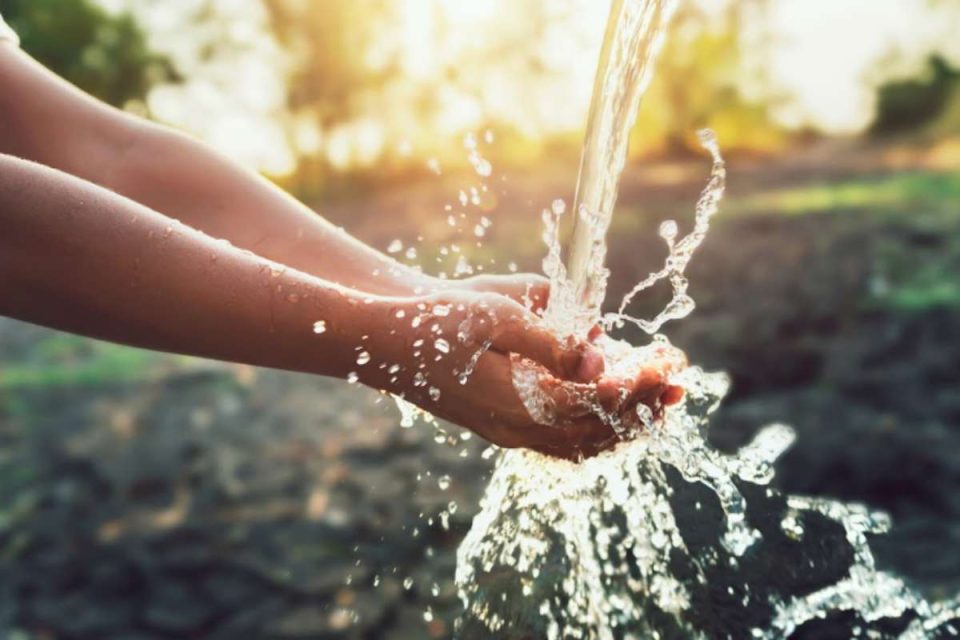Water Quality : Water is essential for life, not just for hydration but also for overall health. However, the quality of water can significantly vary, affecting communities worldwide. This article will explore how water quality impacts health, highlighting the importance of clean water and the consequences of contamination. By understanding these issues, we can appreciate the role of water in our well-being and the need for effective water treatment solutions.
Table of Contents
Understanding Water Quality

Imagine sipping a glass of crystal-clear water, but instead of that refreshing taste, you’re met with a metallic tang or a murky, unsettling film. That’s the power of water quality—it’s the invisible ingredient that silently impacts our health and well-being. So, what exactly is ‘water quality,’ and how does it influence us?
- Physical indicators like temperature, clarity, and even odor can reveal the presence of impurities.
- Dissolved minerals like calcium and magnesium add a touch of healthy composition, while contaminants like lead, nitrates, or pesticides can disrupt the balance.
- Microscopic organisms, some beneficial and some harmful, are part of the water ecosystem. Bacteria levels, for instance, can indicate potential health risks, while the presence of certain algae species can harm aquatic life or even trigger harmful algal blooms.
Understanding these indicators and pollutants is crucial because water quality directly affects our health. Contaminated water can lead to various health problems, from gastrointestinal issues to skin irritation and even more serious long-term effects.
Sources of Water Contamination
Water contamination arises from various sources, including both natural phenomena and human activities.
- Minerals such as arsenic and lead, found in rocks and soil, can seep into groundwater, affecting its quality. The presence of these minerals in drinking water, detectable by a metallic taste, indicates that their concentrations might exceed safe thresholds.
- Industrial waste, laden with chemicals and heavy metals, can find its way into waterways through improper disposal or accidental spills.
- Agriculture also plays a part. Runoff from fields containing fertilizers, pesticides, and animal waste can contaminate water sources with harmful nutrients and pathogens.
- Sewage, if not properly treated, can also be a major source of contamination, introducing bacteria, viruses, and other harmful microorganisms into water systems.
But fear not, there are solutions. Nanofiltration membranes offer a promising solution to water contamination, efficiently removing specific pollutants with their ultra-fine structure, thus addressing contamination from various sources.
While nanofiltration membranes are not a complete solution, they mark a substantial advancement in achieving clean water access. By understanding the sources of contamination and exploring innovative solutions, we can work toward a future where everyone has access to clean water.
Health Impacts of Poor Water Quality
Imagine the experience of drinking a glass of water, anticipating refreshment, only to encounter discomfort shortly after. This unpleasant scenario illustrates the immediate impact poor water quality can have on health.
Initially, you might face acute symptoms such as stomach cramps, nausea, or diarrhea. These immediate reactions often stem from invisible threats in the water—bacteria, viruses, or parasites—that act as a warning from your body about the compromised quality of what you just consumed.
However, the influence of tainted water isn’t limited to just transient ailments. Prolonged exposure to certain contaminants carries the potential for severe health implications. Take lead, for instance, which can impair neurological functions and impede the mental development of children. Arsenic, too, presents grave concerns, with connections to an elevated risk of cancers and cardiovascular diseases. These are the slower, yet persistent effects that gradually undermine health over time.
It’s crucial to acknowledge that the extent of these health impacts varies, influenced by the nature and concentration of the contaminant, individual health conditions, and the duration of exposure. Nonetheless, the overarching message is clear: maintaining high water quality standards is essential for safeguarding health and well-being.
Safeguarding Our Health: Treatment and Purification Methods
Ensuring clean, safe water for all requires a multi-pronged approach. Fortunately, various treatment and purification methods work together to transform potentially contaminated water into the life-giving resource we depend on.
Advancements in filtration technology have led to the development of more advanced membrane technologies, such as reverse osmosis. Unlike traditional sand filters, reverse osmosis membranes can remove much smaller contaminants, including dissolved solids, certain bacteria, and viruses. This is achieved by applying pressure to force water through a semi-permeable membrane, leaving larger molecules and impurities behind.
Disinfection is also vital in water treatment, targeting harmful microorganisms to prevent waterborne diseases. Chemical methods are widely used due to their effectiveness in killing pathogens. Chlorine, for example, is valued for its efficiency and residual protection, ensuring water remains safe as it travels through pipes. Alternatively, ultraviolet (UV) light provides a non-chemical approach, disrupting the DNA of microorganisms, rendering them harmless.
Innovation is constantly pushing the boundaries of water treatment. Technologies like nanofiltration membranes, as mentioned earlier, offer targeted removal of specific contaminants. Additionally, research on advanced oxidation processes and desalination techniques holds promise for addressing complex water quality challenges.
Final Words
From the first sip that quenches our thirst to the life-giving foundation of our ecosystems, water’s impact on our health and well-being is undeniable. Understanding the delicate balance of water quality and its potential threats is crucial for safeguarding ourselves and future generations.
It’s important to acknowledge that while treatment plays a vital role, prevention is equally critical. Sustainable practices that minimize pollution and protect water sources are essential for safeguarding water quality at its core.

